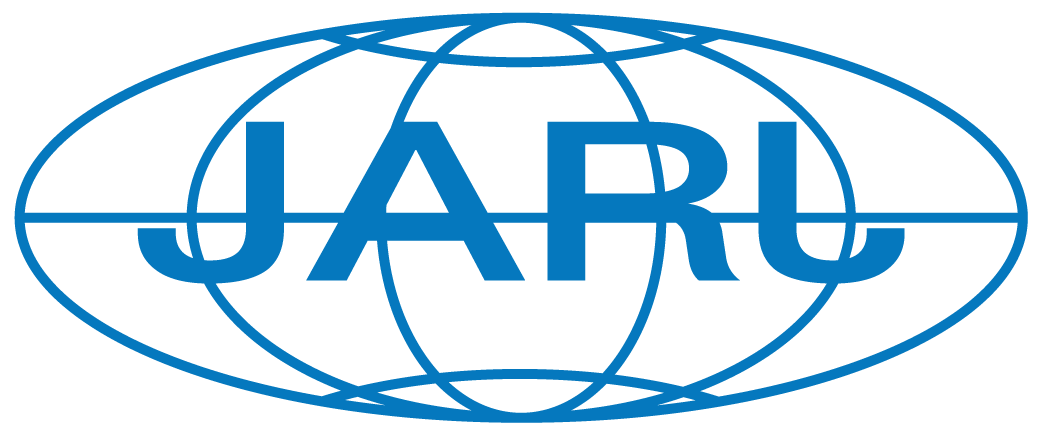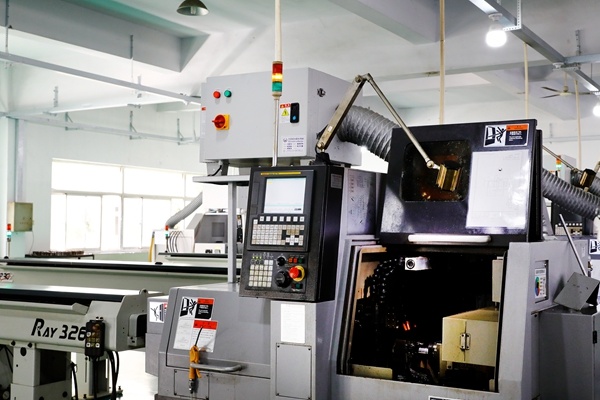Mastering Supply Chain Optimization for Small Precision Parts: A Comprehensive Guide
Release Time:
May 30,2025
How to Optimize Your Supply Chain for Small Precision Parts Understanding the Importance of Supply Chain Optimization In the competitive landscape of manufacturing, particularly in the realm of **small precision parts**, supply chain optimization emerges as a critical success factor. The intricacies involved in producing small, intricate components demand that every step of the supply chain operat
How to Optimize Your Supply Chain for Small Precision Parts
Understanding the Importance of Supply Chain Optimization
In the competitive landscape of manufacturing, particularly in the realm of **small precision parts**, supply chain optimization emerges as a critical success factor. The intricacies involved in producing small, intricate components demand that every step of the supply chain operates seamlessly. From procurement of raw materials to the delivery of finished products, a well-optimized supply chain can significantly impact product quality, cost-efficiency, and lead times.
Identifying Key Challenges in the Supply Chain for Small Precision Parts
The manufacturing sector faces unique challenges when dealing with small precision part production. Some of these challenges include:
1. Fluctuating Demand and Inventory Management
Understanding customer demand patterns can be difficult, leading to either excess inventory or stockouts. Utilizing data analytics to forecast demand can help mitigate this issue.
2. Quality Control Issues
Maintaining strict quality standards is paramount in precision machining. Any inconsistency can lead to significant delays and increased costs. Implementing a robust quality assurance process is essential.
3. Supplier Reliability
Working with reliable suppliers is crucial. However, finding and maintaining relationships with suppliers who can consistently meet delivery schedules and quality standards can be challenging.
4. Complex Logistics
Transporting small precision parts requires careful planning and execution. The need for secure handling and adherence to delivery deadlines adds complexity to logistics.
Strategies for Supply Chain Optimization
To tackle these challenges, we can implement several effective strategies that enhance supply chain efficiency.
1. Implement Advanced Forecasting Techniques
Utilizing advanced forecasting tools and technologies, such as machine learning algorithms, can significantly improve demand prediction accuracy. These tools analyze historical data and market trends to provide insights into future demand, allowing for better inventory management.
2. Develop Strong Supplier Relationships
Building solid relationships with suppliers leads to better communication and collaboration. Regularly evaluating supplier performance ensures that they meet your needs and expectations in terms of quality and reliability. Consider implementing a supplier scorecard to monitor key performance indicators (KPIs).
3. Embrace Lean Manufacturing Principles
Adopting lean manufacturing principles helps eliminate waste and optimize resource use. Techniques such as Just-In-Time (JIT) production can reduce excess inventory and ensure that components are available when needed, without overstocking.
4. Utilize Technology for Enhanced Visibility
Incorporating technologies like IoT (Internet of Things) in your supply chain can provide real-time tracking of inventory and orders. Enhanced visibility leads to quicker decision-making and allows for immediate responses to unexpected challenges.
5. Integrate Supply Chain Management Software
Investing in comprehensive supply chain management (SCM) software can streamline operations and improve coordination across all stages. These platforms facilitate better communication, inventory tracking, and compliance management.
Best Practices for Effective Supply Chain Management
To ensure the successful implementation of the aforementioned strategies, consider adhering to these best practices:
1. Continuous Improvement Culture
Fostering a culture of continuous improvement encourages employees at all levels to seek ways to enhance processes. Regular training sessions and workshops can help instill this philosophy.
2. Conduct Regular Supply Chain Audits
Periodic audits of the supply chain can identify bottlenecks and inefficiencies. These audits provide valuable data that can inform process adjustments and improvements.
3. Optimize Logistics and Transportation
Incorporate route optimization software to improve transportation efficiency. This technology can minimize delivery times and reduce transportation costs, ultimately benefiting the bottom line.
4. Leverage Data Analytics
Using data analytics tools allows for better insights into supply chain performance. Key metrics such as lead times, order accuracy, and fulfillment rates should be regularly analyzed and acted upon.
Case Studies: Successful Supply Chain Optimization in Action
Examining real-world examples provides valuable insights into effective supply chain optimization.
1. Automotive Industry
A leading automotive manufacturer implemented an advanced SCM system that integrated all aspects of their supply chain. By embracing data analytics and improving supplier collaboration, they reduced lead times by 30% and improved overall quality.
2. Aerospace Sector
An aerospace company faced challenges with fluctuating demand for precision parts. By utilizing demand forecasting software, they achieved a 20% reduction in excess inventory while ensuring timely deliveries to customers.
3. Electronics Manufacturing
A leading electronics manufacturer adopted lean principles and improved supplier relationships. This approach led to a 15% decrease in production costs and enhanced product quality, proving the value of supply chain optimization.
The Future of Supply Chain Management for Small Precision Parts
As technology continues to evolve, so too will supply chain management strategies. Emerging trends include:
1. Artificial Intelligence and Machine Learning
These technologies will play a significant role in predicting trends and automating processes, resulting in increased efficiency.
2. Blockchain for Transparency
Blockchain technology has the potential to enhance traceability and security within the supply chain, ensuring that all parties involved have access to accurate information.
3. Sustainable Practices
As sustainability becomes increasingly important, implementing eco-friendly practices will not only meet regulatory requirements but also appeal to environmentally-conscious consumers.
FAQs About Supply Chain Optimization for Small Precision Parts
1. What is supply chain optimization?
Supply chain optimization involves improving the efficiency and effectiveness of all components of the supply chain, from sourcing to production to delivery.
2. How can data analytics improve my supply chain?
Data analytics provides insights into trends, customer behavior, and inventory levels, allowing for informed decision-making that enhances supply chain performance.
3. What role does technology play in supply chain optimization?
Technology streamlines processes, improves communication, and enhances visibility, enabling faster and more accurate decision-making.
4. Why is supplier relationship management important?
Strong supplier relationships foster collaboration, reliability, and quality, which are essential for maintaining an efficient supply chain.
5. How can lean manufacturing principles benefit my supply chain?
Lean manufacturing principles help reduce waste, optimize resource use, and improve overall efficiency, ultimately leading to cost savings and better product quality.
Conclusion
Optimizing your supply chain for small precision parts is not just a necessity; it is a strategic advantage in today's manufacturing landscape. By addressing challenges head-on and implementing effective strategies, businesses can enhance their operational efficiency, reduce costs, and improve customer satisfaction. As we continue to embrace technology and innovative practices, staying ahead of the curve in supply chain management will pave the way for sustainable growth and success.




